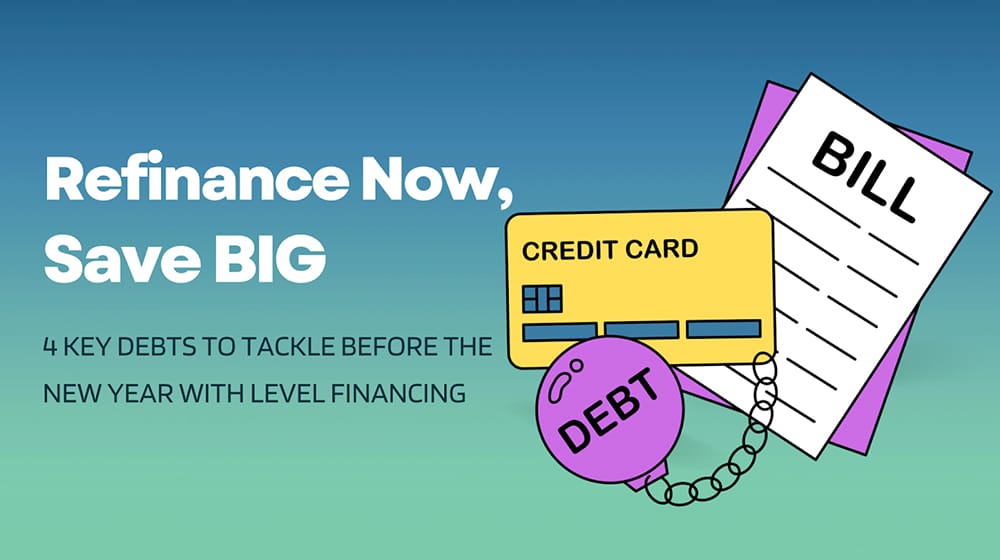Last week brought a major milestone for interest rates as the yield on the 10-year US Treasury bond eclipsed 5% for the first time since 2011. This has immense implications for consumers and investors that warrant close attention.
What is the US 10-Year Treasury Bond Yield?
The 10-year Treasury bond is debt issued by the government that matures in 10 years. The annual yield represents the return an investor earns for holding the bond to maturity.
This benchmark influences rates economy-wide – from mortgages to car loans to corporate bonds. It provides insight into the overall economic landscape. So when the yield jumps, it grabs headlines.
After hovering near historic lows around 1-3% for over a decade, the 10-year yield has surged on inflation worries, Fed tightening, growth expectations, and other factors. Analysts see it moving even higher in the year ahead as the Fed battles rising prices.
Key Takeaway: The higher the yield, the more expensive it is to borrow. So, as this number rises, consumers borrowing for a home or other big-ticket items face increased loan costs.

Why Has the Yield Crossed 5%?
In March 2022, the 10-year Treasury yield jumped above 2% for the first time since 2019. Then it steadily climbed over the next few months before finally eclipsing 5% in mid-September.
This rapid rise can be attributed to a few key economic factors:
- Federal Reserve rate hikes – To combat inflation, the Fed has aggressively raised its benchmark interest rate from near zero to over 3% this year – its fastest pace of hikes since the 1980s. This puts upward pressure on the 10-year Treasury yield.
- Economic growth expectations – Stronger economic data and a resilient labor market have led forecasters to revise GDP projections slightly upward. The prospect of more growth tends to push the Treasury yield higher.
- Global factors – Rising interest rates around the world, along with economic uncertainties, have encouraged foreign investors to buy up US Treasuries. Again, the increased demand applies upward pressure on yields.
Key Takeaway: The yield has crossed 5% due to a combination of Fed rate hikes, economic growth expectations, and global factors. These drivers can push the yield even higher in the near future.
Implications for Borrowers
Higher Treasury yields have already pushed up mortgage rates dramatically. 30-year fixed mortgages are now around 6.5% versus 3% a year ago. Monthly payments for home buyers spiked in turn.
Likewise, auto loan rates jumped two percentage points this year. That could mean $1,000+ more in interest on a typical $40,000 car loan. Credit card rates also climbed about 1.5 points to nearly 19% as the prime rate responded to Fed hikes.
Corporations will pay more to take out loans and issue bonds, too, which may restrain spending and hiring. Adjustable rate products like ARMs and HELOCs will see payments increase with each adjustment.
The bottom line is that financing anything got more expensive for both consumers and businesses. Rate hikes will pinch wallets and bottom lines for months, if not years, ahead.
Key Takeaway: Borrowers will see higher interest rates on everything from mortgages to auto loans to credit cards. This could lead to significant increases in monthly payments and overall borrowing costs.

Implications for Savers
Higher yields provide a silver lining for savers, though. Interest rates on savings accounts now top 2% after years at 0.5% or less. 1-year CD rates soared from 0.5% to over 3%, and 5-year CDs pay 4% or more – a huge premium for locking up your savings.
Annuity income also rose with higher rates. New fixed annuities offer substantially bigger monthly payments for the same investment versus a year ago.
Bond mutual funds benefit from higher yields on newly issued debt.
However, existing bond prices fall as rates climb. Money market and savings accounts may now offer similar or better cash yields than money funds.
While higher-yielding fixed income brings some cheer, equities still provide superior income via dividends and growth. So, maintaining an appropriate asset allocation is key.
Key Takeaway: Savers can finally earn more on their cash and safe investments, but higher stock dividends and growth still outshine low bond yields. Finding the right balance is crucial for meeting your financial goals.
How to Navigate the Rising Yield Environment
Here are tips for navigating this new environment.
For Borrowers
- Refinance adjustable-rate products to fixed rates ASAP to lock in lower payments
- Pay off high-interest credit cards before other debts
- Consolidate cards into a personal loan to save on interest
- Buy major items now before rates increase further
- Lengthen loan terms to manage cash flow, even if paying more interest
For Savers
- Shop around for the highest yields on savings and CD accounts
- Trim bond funds in favor of dividend-paying stocks
- Ease into new fixed-income purchases gradually
- Evaluate annuities and other guaranteed retirement income
- Prioritize cash flow from savings, bonds, annuities, and dividends
The bottom line is to lock in fixed rates where possible and stay flexible to capitalize on higher returns. Closely monitoring rate changes is crucial in this new environment.
Key Takeaway: Borrowers should refinance and consolidate their high-interest debts, while savers should shop around for the best yields and prioritize cash flow from various income sources. Staying flexible and monitoring changes in rates is key. So, borrowers are advised to act quickly before those rates climb even higher.

Final Thoughts
The surge in the 10-year Treasury yield above 5% signifies a new chapter for interest rates. The key takeaways are:
- Borrowing costs are rising across the board – brace for higher loan payments
- Savers can capitalize on better returns from bonds, savings accounts, annuities
- Lock in fixed rates now where feasible to avoid volatility
- Ensure your asset allocation aligns with income needs and risk appetite
As we navigate through this rising rate environment, Level’s personal loans emerge as a viable solution to manage your financial needs.
Our competitive rates continue to stand stable amidst ongoing fluctuations, offering you a stable and affordable option. Moreover, our online application process is simple and efficient, saving you precious time and effort.
Don’t let changing economic conditions affect your financial future. Take matters into your own hands. Apply for a Level Personal Loan today and steer your finances in the right direction.




